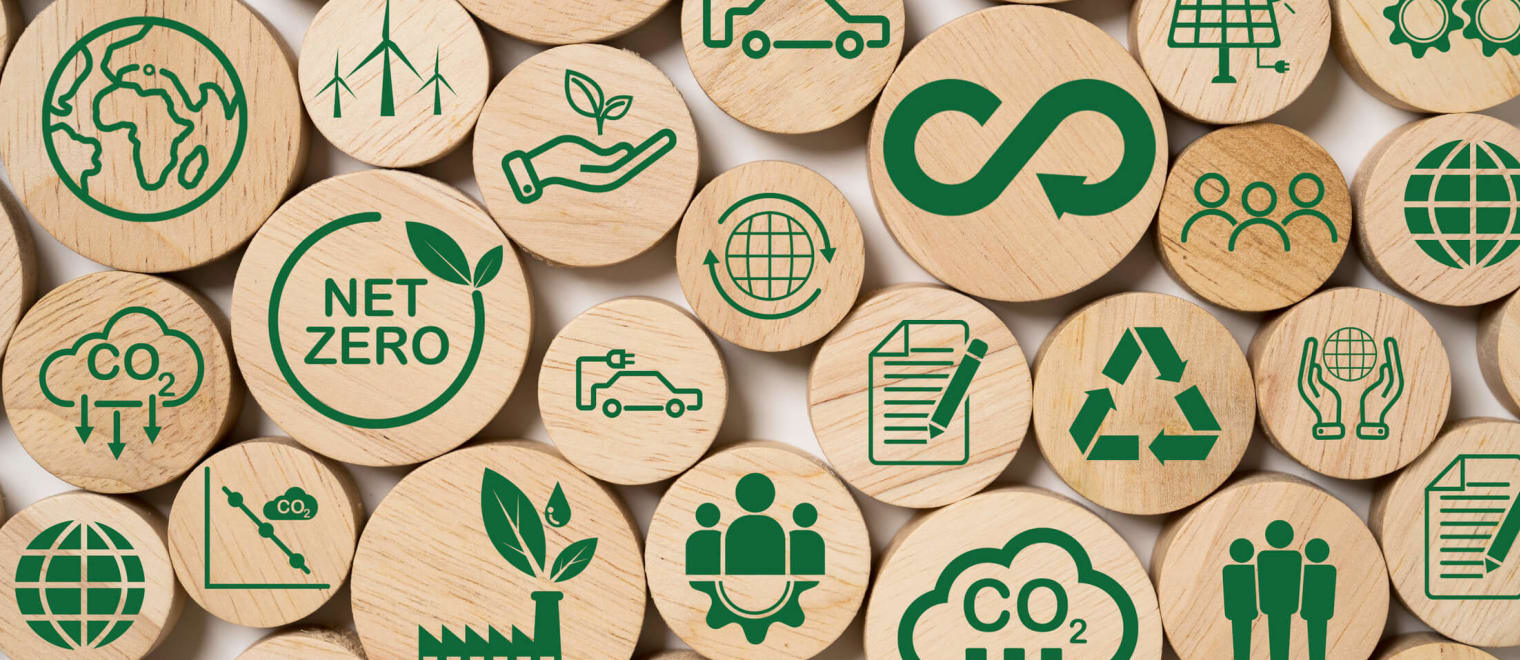This informal CPD article, ‘Navigating the Distinction Between Environmental Education (EE) and Education for Sustainable Development (ESD)’, was provided by Mohamad EL HAJJ, Chemist and Agricultural Engineer, Sustainability programs developer at QIN Platform, who are passionate about transforming education and preparing students for the challenges of the 21st century. They provide innovative education solutions that integrate arts, STEM, health education, and sustainability seamlessly.
The conceptual confusion between Environmental Education (EE) and Education for Sustainable Development (ESD) poses significant challenges for policy formulation and educational practice. This ambiguity can result in inefficiencies, misalignments, and varying interpretations that hinder the effectiveness of educational initiatives. Here's how this confusion impacts both areas:
Policy Formulation
1. Inefficiencies in Policy Development
Fragmentation: The lack of clear distinctions between EE and ESD (Orlović-Lovren, 2021), can lead to fragmented policy development, making it difficult for policymakers to create cohesive strategies that address both environmental education and broader sustainability goals.
Overlap and Redundancy: Policies may inadvertently overlap or duplicate efforts, wasting resources. For instance, separate initiatives for EE and ESD could have been more effectively integrated.
2. Inconsistent Objectives and Goals
Ambiguity in Objectives: Without clear definitions, the objectives of EE and ESD may be misinterpreted, making it challenging to set precise goals and measures of success.
Misalignment with International Standards: Policies may not align with international frameworks and standards, leading to inconsistencies in global educational efforts toward sustainability.
Educational Practice
1. Curriculum Development
Lack of Coherence: Educators may struggle to develop coherent curricula that integrate both EE and ESD, resulting in either a narrow environmental focus or neglect of broader sustainability aspects. Although education is integral to ESD, it was initially shaped by individuals outside the education community, such as ministers of health and environment, who then handed it over to educators to implement (Agbedahin, 2018).
Pedagogical Approaches: Teachers may find it challenging to select appropriate teaching methods, as EE often emphasizes experiential learning, while ESD requires interdisciplinary approaches. Teacher Training and Professional Development:
Inadequate Training: Teachers may lack training to distinguish between EE and ESD or to integrate them effectively, resulting in gaps in addressing sustainability education.
Varied Competencies: The competencies required for EE and ESD differ, leading to inconsistencies in teacher preparation and professional development.
2. Implementation and Evaluation
Challenges in Implementation: Schools may struggle to implement policies and curricula effectively due to the lack of clear integration guidelines.
Difficulties in Assessment: Evaluating the effectiveness of EE and ESD programs is challenging without clear objectives, making it difficult to measure educational outcomes accurately.
Case study
In a study conducted in Colombia (Ramírez Suárez et al., 2023), researchers investigated the implications of the conceptual confusion between Environmental Education (EE) and Education for Sustainable Development (ESD) for policy formulation and educational practice. The study utilized a Likert scale survey administered to 341 participants, including directors, teachers, and students from official primary and secondary educational institutions (K-12) in Boyacá, Colombia.
The survey consisted of 30 statements related to EE and ESD, designed to capture participants' perceptions, knowledge, and engagement with environmental and sustainability education initiatives.
Through the survey, researchers aimed to determine the strategies applied in EE and ESD within the educational institutions. The data collected were analyzed using statistical methods, including the calculation of reliability using Cronbach's alpha coefficient for the Likert scale items.
The study revealed the challenges arising from the confusion between EE (Environmental Education) and ESD (Education for Sustainable Development) in policy-making and educational practice. Participants' responses showed different interpretations of these concepts, emphasizing the need for clarity in educational initiatives.
Additionally, the study highlighted the importance of addressing the conceptual confusion between EE and ESD to enhance the effectiveness of environmental and sustainability education, not only in Colombia but also globally. By presenting empirical evidence and insights from various stakeholders, the study contributed to the broader discussion on education for sustainable development and provided valuable input for policymaking in the region.
Conclusion
Addressing these implications requires establishing clear definitions and frameworks for EE and ESD while emphasizing their connections. Policymakers should develop integrated strategies encompassing environmental, social, and economic dimensions of sustainability. In educational practice, alignment of curricula, teacher training, and evaluation methods with a comprehensive understanding of both EE and ESD is crucial to equip learners with the necessary knowledge, skills, and attitudes for sustainable development.
We hope this article was helpful. For more information from Qin Platform, please visit their CPD Member Directory page. Alternatively, you can go to the CPD Industry Hubs for more articles, courses and events relevant to your Continuing Professional Development requirements.
References
Orlović-Lovren, V., (2021). Environmental education and education for sustainable development: Conceptual solutions and dilemmas. Nastava i Vaspitanje 70(1), 7 – 23. https://doi.org/10.5937/nasvas2101007O
Agbedahin, A.V., (2018). Sustainable development, education for sustainable development, and the 2030 agenda for sustainable development: Emergence, efficacy, eminence, and future. Sustainable Development, 27. 669–680. https://doi.org/10.1002/sd.1931
Ramírez Suárez, V., Acosta-Castellanos, P. M., Castro Ortegon, Y. A., & Queiruga-Dios, A. (2023). Current state of environmental education and education for sustainable development in primary and secondary (K-12) schools in Boyacá, Colombia. Sustainability, 15(13). https://doi.org/10.3390/su151310139













